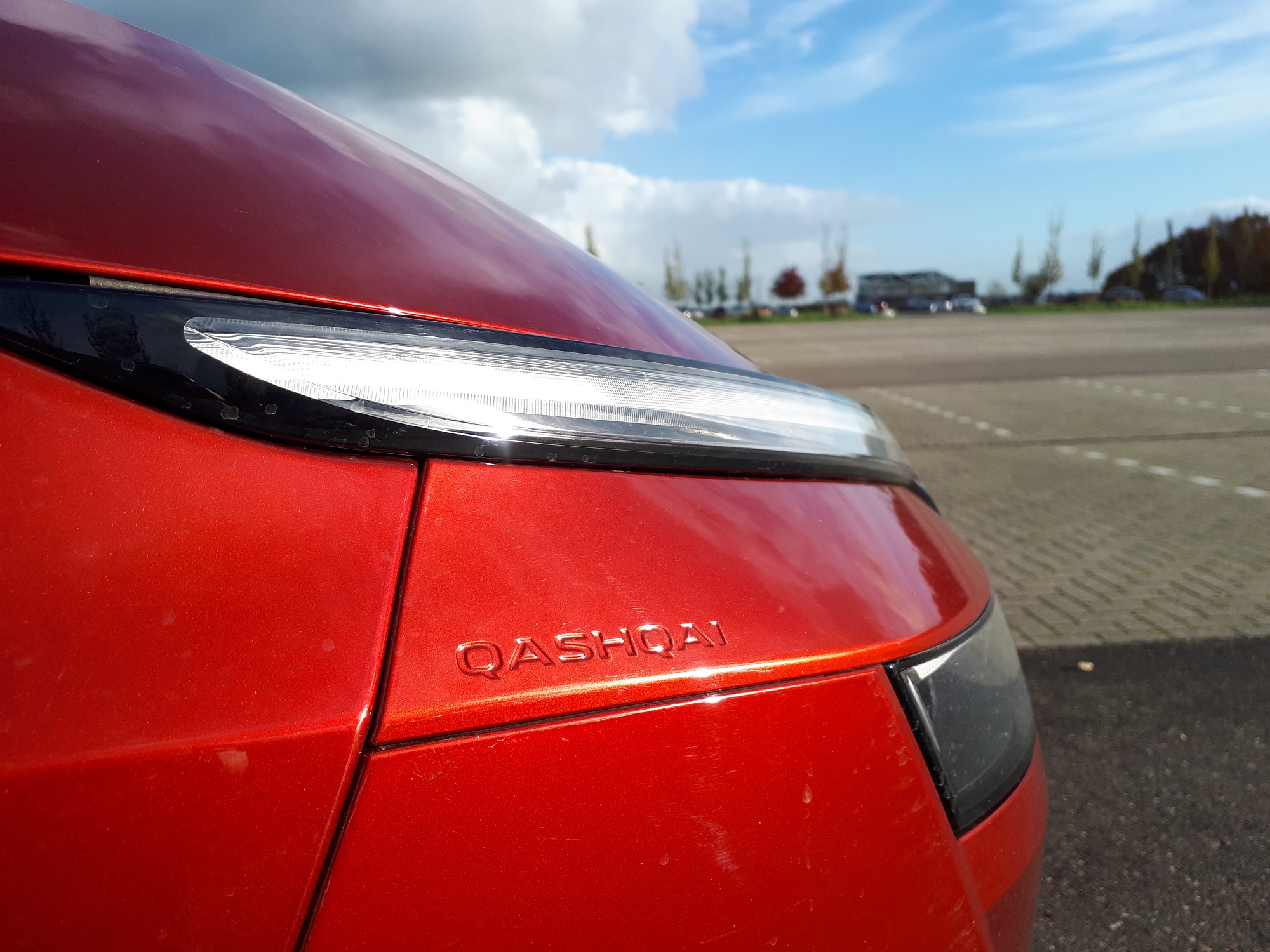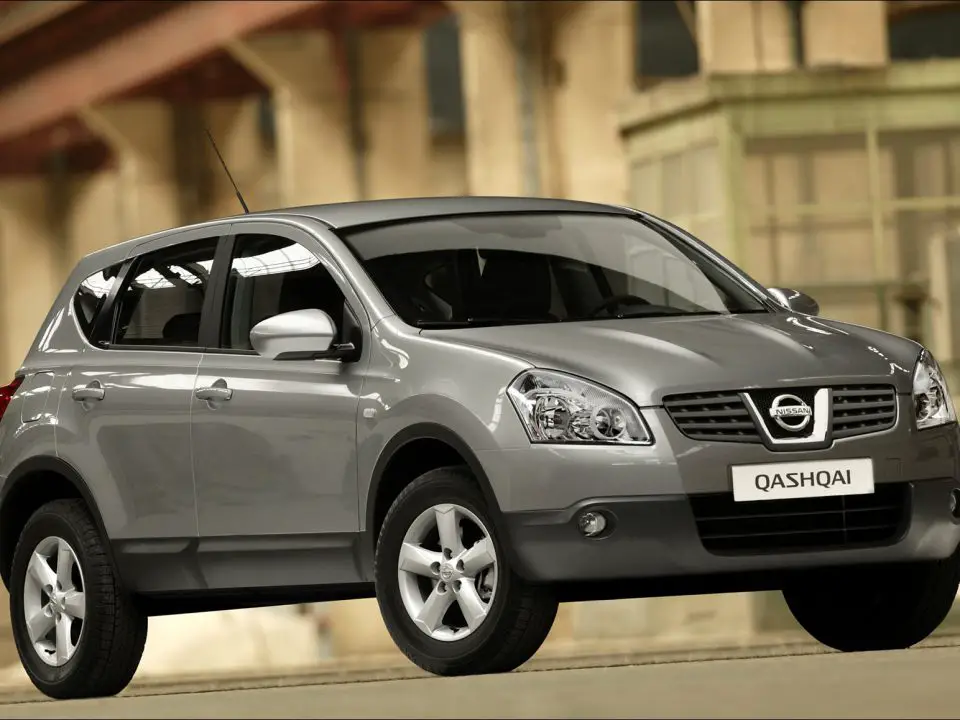CAR TEST – NISSAN QASHQAI MILD HYBRID 140 (2021)
New chapter of a success story?
Since its introduction, the Qashqai has been a success story for Nissan. ‘Never change a winning team’, they must have thought, because the new Qashqai is above all an evolution of the previous model. Can the Qashqai thus continue the success story? AutoRAI.nl went out by car and found out.
The beginning of a success story
The first generation of Nissan Qashqai came on the market in 2006. At the time, it was one of the first ‘crossover models’, in the sense that it was a compact SUV developed not so much for off-road use as for use on the asphalt. It was also pretty much the first model to popularize the segment of such compact SUVs. It inspired several other manufacturers to introduce such a model as well.
The second generation appeared in 2013. It was considerably modernized and from now on closely related to the X-Trail. The X-Trail is now in fact a larger version of the Qashqai, which means that the extra spacious Qashqai+2 has been dropped. Despite the now many competitors, the second generation Qashqai managed to continue the success story. The model is also jokingly called the Nissan Cashcow.
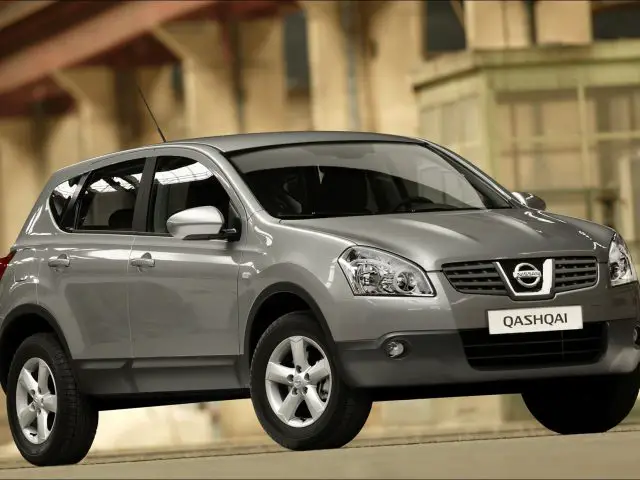
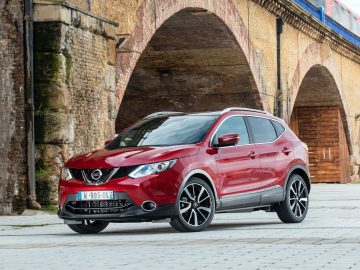

The new Nissan Qashqai: an evolution
In that respect, it is not surprising that the all-new third-generation Nissan Qashai is primarily an evolution of the outgoing model. When something is so valued, don’t change it too much. The model has been modernized on the necessary points (infotainment, safety systems, the well-known things), while the strong properties have of course been preserved. The design is a bit tight and in our opinion very successful.

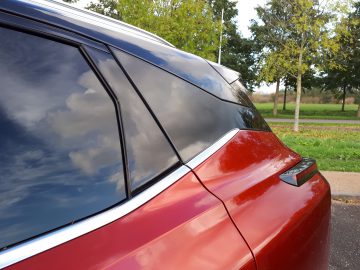

The new Nissan Qashqai currently comes with four different powertrains. All variants use the same 1.4-litre petrol engine with mild hybrid technology . The ‘entry-level’ produces 103 kW (140 hp) and has a six-speed manual transmission and front-wheel drive. The alternative is the same engine with 116 kW (158 hp). It also has a six-speed manual transmission as standard, but you can also choose a CVT automatic transmission or a CVT automatic transmission and four-wheel drive.
Qashqai Mild Hybrid 140: silent worker
We are going out with the 140 hp variant. What is soon noticeable after departure is how quietly the engine does its job. Even when accelerating, the engine noise is only subtly present. The downside of the quiet engine is perhaps that the tire noise is more noticeable, although it also appears to be strongly dependent on the road surface.
We especially recommend the more powerful engine variant for those who often drive with a load, a trailer or a caravan. The power of 140 hp is really sufficient for the flat Netherlands. However, the engine below 2,000 rpm has little zest, so that downshifting for overtaking is sometimes necessary. Above that, the car gets up to speed enthusiastically. The Qashqai shifts pleasantly and thanks to the fairly long gears you can drive reasonably shifting gears.
Nice driving characteristics
As mentioned, the qualities have been preserved, so the new Nissan Qashqai is again a nice driving car. The car is comfortable without being too soft, in short, just the right balance. Irregularities in the road surface are generally neatly smoothed out and, as mentioned, it is also nice and quiet on board.
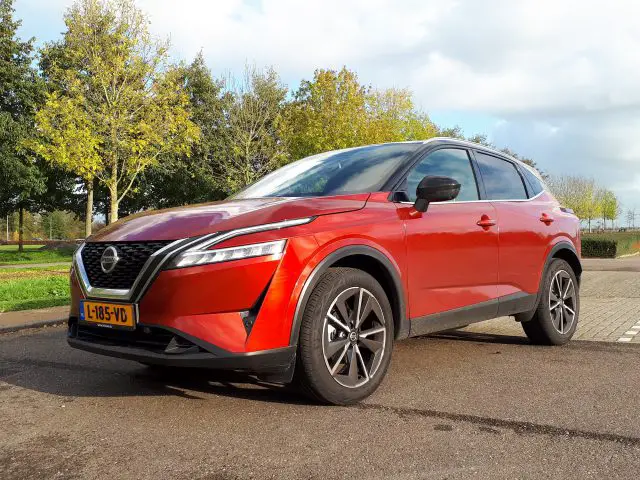
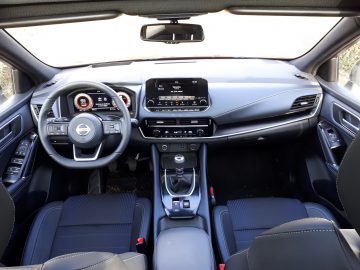
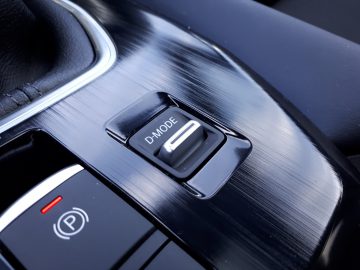
Sports mode?
Like just about any current car, the new Nissan Qashqai has several driving modes. In addition to the standard mode, you can also choose Eco and Sport. Don’t expect big differences. In Sport mode, the engine responds slightly more strongly to the gas and the operation of both steering and pedals is just a bit heavier. It is not really sporty, but the difference is noticeable and the somewhat heavier operation is quite pleasant.
With an automatic transmission, the revs are probably also kept a bit higher, but we have not been able to test that now. We drove with the manual gearbox and then of course you decide at what speed you drive. The Eco mode is exactly the opposite: then the engine reacts less directly to input from the accelerator pedal.
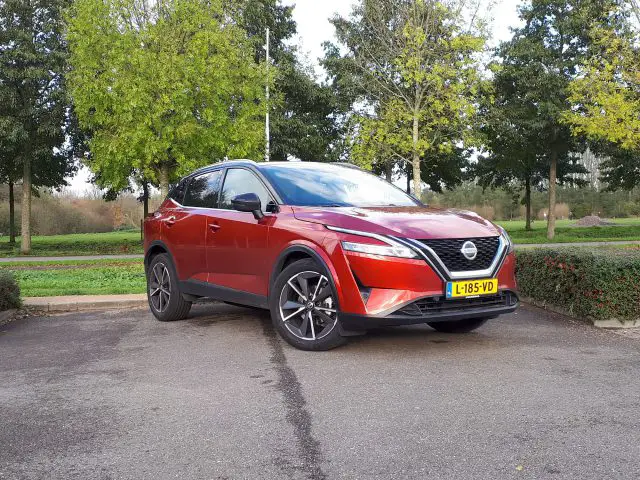
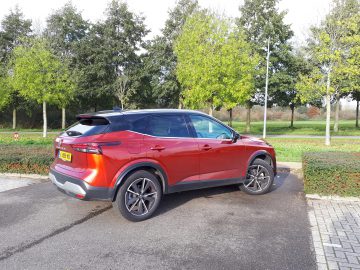
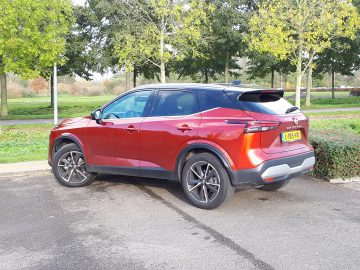
More economical than the manufacturer’s specification?
In the end we (in normal driving mode) put down an average consumption of 1 to 15.6, exactly the manufacturer’s specification. At the end of some individual journeys, we even see a consumption of 1 to 17.5 on the on-board computer. That was after a long highway ride, or a ride on N-roads without stopping and accelerating too much.
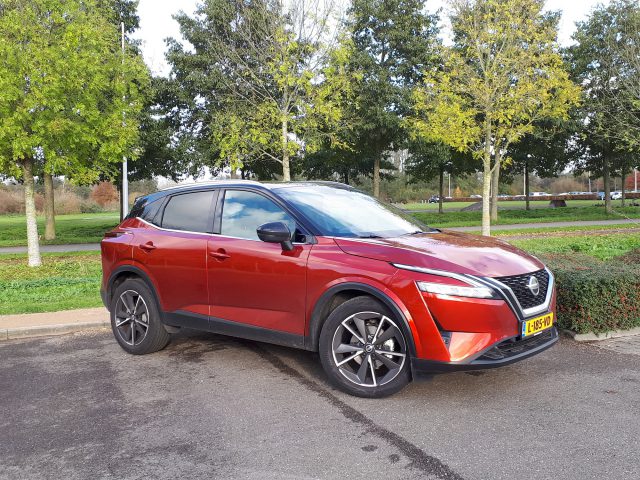
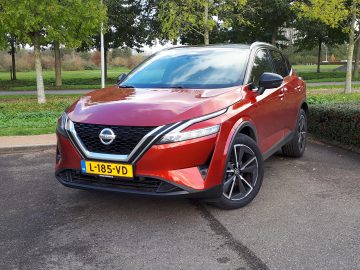

Also renewed: Nissan ProPilot
ProPilot is a lot more extensive compared to the previous Nissan Qashqai. It takes a while to find the (adaptive) cruise control. The well-known symbol is no longer there. Instead, press the blue ProPilot symbol, which is in the familiar spot on the right-hand side of the steering wheel. Then set the speed as you are used to and you are done. With a button below you set the distance to your predecessor. Prefer a conventional cruise control? Then keep the blue symbol pressed for longer until the cruise control switches on.
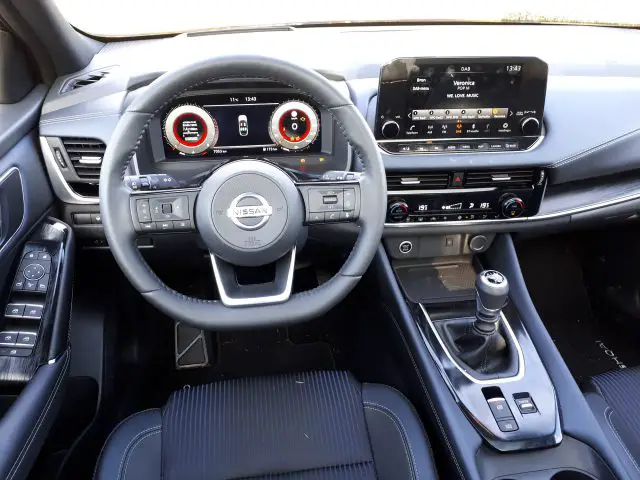
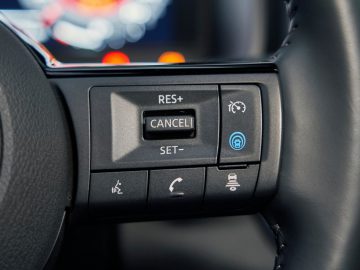
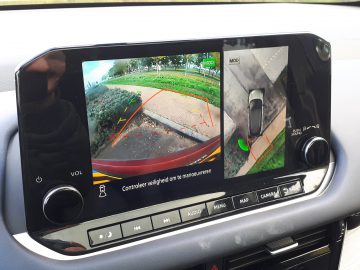
With the adaptive cruise control, the Nissan not only keeps a distance from the predecessor, but also stays within the lane. That works pretty well, only with sharper bends you have to help adjust. That is actually necessary anyway, because for safety (and the law) you must of course continue to hold the steering wheel. You must also regularly supply steering input yourself, otherwise you will receive a warning.
You really have to actively give that steering input, as it turns out. With ProPilot switched on, we regularly received the wrong warning that we would have let go of the steering wheel. That is a bit annoying, because the steering aid of ProPilot ensures that supplying steering input yourself is quite difficult because you have to steer against the ProPilot, as it were…
Practical
The Nissan Qashqai has not lost anything in practicality. Take the space in the back seat, for example. When I sit ‘behind myself’ with my height of about 1.80 m, my knees do not touch the front seat. The shoulder and headroom is remarkably large in the rear. You are also not bothered by the edges of the panoramic roof of our test sample. You will also be spoiled in other respects in the back, for example with its own USB ports and ventilation grilles. Optional is in-car Wifi for up to seven devices.
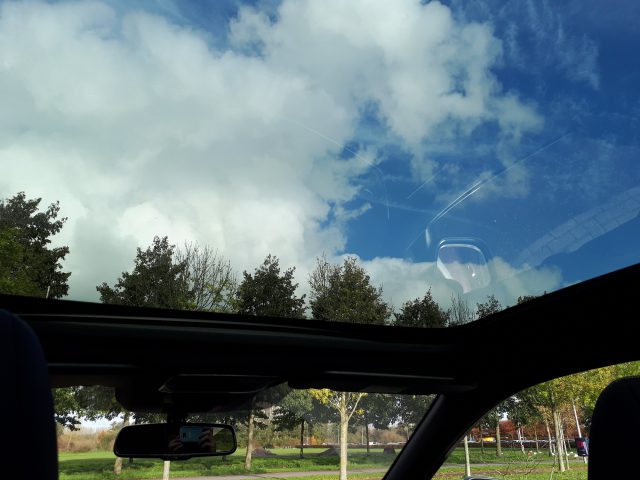

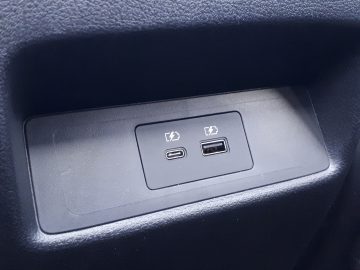
The luggage compartment has a capacity of 504 liters, or 1,447 liters with the rear seats folded. Neat values and, moreover, that is no less than 70 liters more than in the previous Qashqai. The extra space is mainly due to the lower loading floor.

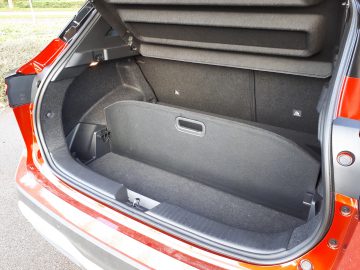
Prices Nissan Qashqai
The new Nissan Qashqai is available from 34,590 euros. The more powerful engine variant is available from 38,990 euros. If you want an automatic, you will lose at least 40,990 euros. For four-wheel drive you pay the main price because of the higher consumption: then the Qashqai will cost at least 48,890 euros. So think carefully about whether you really need that four-wheel drive. The complete price overview, together with the different versions, can be viewed at www.nissan.nl .

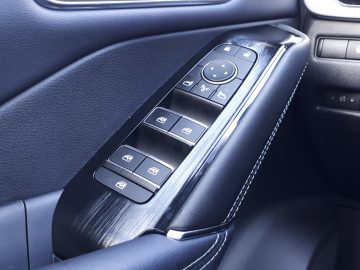

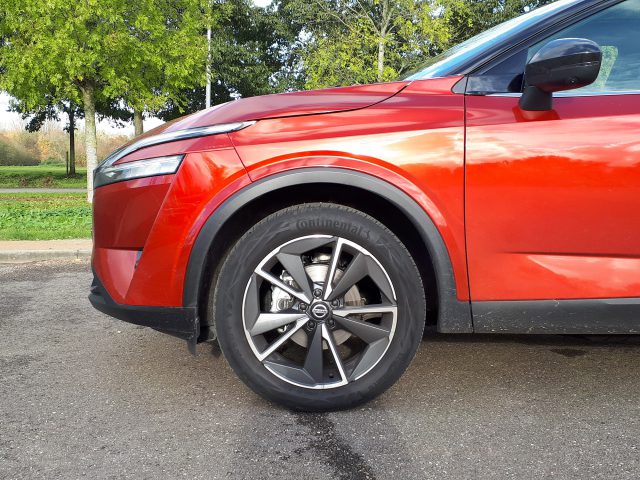
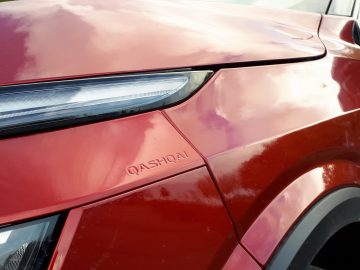
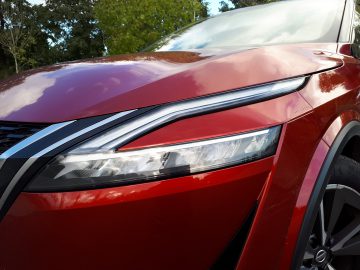
Conclusion
Nissan was very right not to radically change the new Nissan Qashqai. The new model picks up where the previous one left off. It has been brought back up to date where it was needed, while retaining all the strengths of its predecessor(s). It is still a practical and pleasantly driving car, in short, a strong offer in the segment that he more or less founded himself.
However, there is one point where the Nissan Qashqai gives its competitors an edge. The Qashqai is currently only available with ‘regular petrol engines’. Yes, the mild hybrid technology does reduce consumption a bit, but there is no full hybrid. An ePower hybrid version will be available in the course of 2022, but a plug-in hybrid is not (yet) planned. It is hoped that this will still follow in the coming years, because there is a lot of demand for electrification, especially in the important lease market. That will probably only increase…
